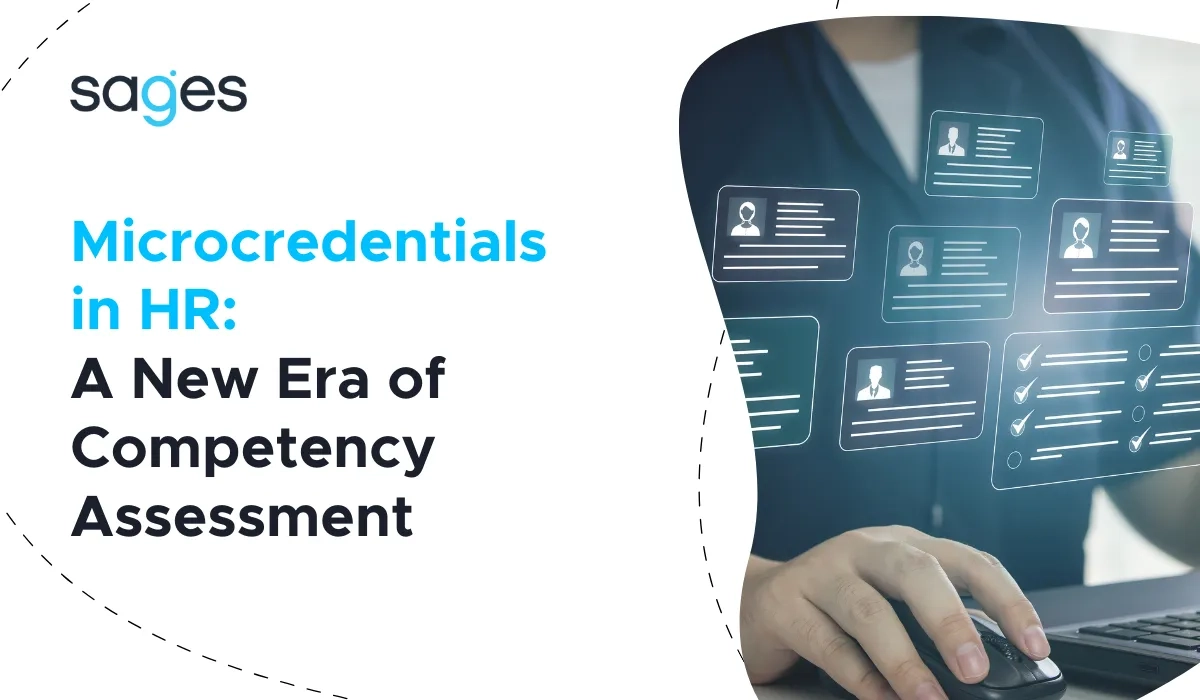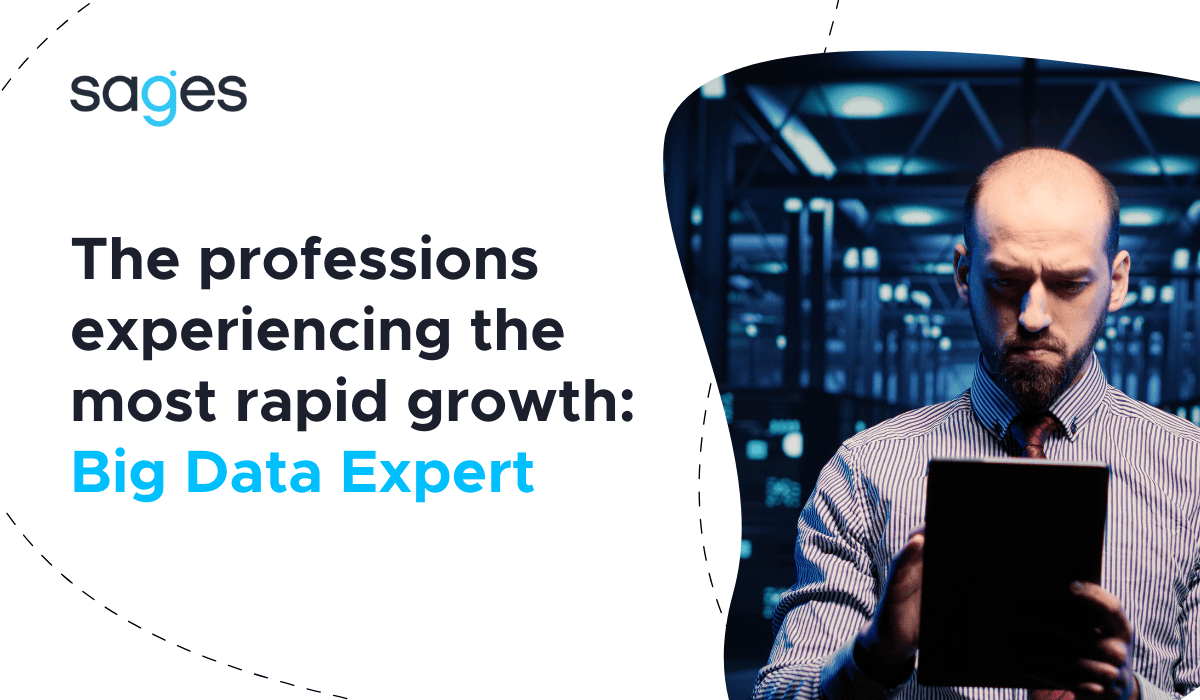In the era of digitization and information technology development, the amount of data generated is growing exponentially. Large amounts of information are being produced by a variety of sources, such as smartphones, IoT (Internet of Things) sensors, social media, web applications and medical devices. This rapid growth of data has given rise to the term "Big Data," which refers to vast and diverse data sets whose analysis exceeds the capabilities of traditional analytical tools and techniques. Above and beyond the volume, variety and flow of data, what is now added is value - that is, what is derived from the collected data. Managing Big Data is becoming indispensable for businesses and organizations, as well-utilized data creates new opportunities, as well as a better understanding of customers, the market, trends and their own business processes. Today, however, we are in a very convenient position, because above the standard tools we still have at our disposal analytical tools based on Machine Learning (ML) and the foundations of Artificial Intelligence (AI). In this paper, I will try to show the opportunities this approach presents.
The problem of data volume
Researchers from the Gartner Institute, in their 2022 study "Hype Cycle of Emerging Technologies," point out that the popularity of solutions that produce and analyze large data sets has been a major technology trend for several years, and will continue to be so for the foreseeable future[1]. The volume of data generated by various edge devices, such as smartphones, tablets, IoT sensors, medical devices, autonomous cars, etc., has increased significantly over the past 10 years. The reasons for this are the rapid development of technology, the ubiquity of mobile devices and the growing number of IoT applications have contributed to the explosion in the amount of data generated at the network edge. According to a report by the International Data Corporation, the amount of data generated by IoT devices has grown from about 2 ZB[2] in 2010 to more than 79 ZB in 2020. This trend is expected to continue, and by 2025, the amount of data generated by edge devices could reach as much as 180 ZB[3]. The increase in the volume of data generated by edge devices comes with economic potential, but also presents challenges in terms of data management, storage, analysis and security. Companies and organizations that can effectively manage this growing volume of data will be able to gain valuable insights that will influence better business decisions and competitive advantages. The stakes are high, so it's worth taking part in this race.
Introducing ML and AI tools
Whether we are just starting to work with data or have been doing so for some time, we now need to re-learn methods of working with modern tools based on ML and AI solutions. In practice, this means using artificial intelligence to analyze, interpret, process and use data in a way that allows us to make more accurate decisions. Traditional methods of analyzing the data that organizations collect every day can not only be inefficient or ineffective, but also time-consuming and costly. In such cases, AI and technologies related to machine learning and deep learning can significantly speed up the process. AI models are able to extract patterns and relationships from data, allowing for better understanding of information and more precise and personalized decision-making. It is also important to automatically categorize and index data, manage databases, optimize information flow, and maintain compliance with data protection regulations. Implementing such solutions allows an organization to save time and resources while minimizing the risk of human error. The use of AI in data management can also provide more accurate predictions and analysis, which is a key factor in bringing in business. It is worthwhile at this point to take a more detailed look at AI and ML solutions offered as cloud computing services, which encourage the language of benefits in the form of easy access to large volumes of test data, zero CAPEX and reasonable OPEX with per-second billing.
The use of tools in the cloud using AWS, AZURE and GCP as examples
In this section, I would like to present selected ML and AI solutions that can be extremely helpful when working with large data sets. I will use the services present in cloud computing offered by the three largest cloud providers - Amazon Web Services (AWS), Microsoft Azure and Google Cloud Platform (GCP) - for comparison. Let the dividing line in the analysis be the data workflow stage:
- Data storage. In the first stage of data management, you need to ensure that large data sets are properly stored and managed. All of the cloud platforms mentioned offer advanced services for data storage, such as Azure Blob Storage, AWS S3 and GCP Cloud Storage. These services allow you to store large amounts of data in a flexible and scalable way.
- Data processing. At this stage, data is transformed and prepared for analysis. Cloud tools like Azure Databricks, AWS Glue and GCP Dataflow provide the ability to process data easily and efficiently at scale. They use parallel computing, which allows for fast processing of large sets.
- Machine learning and data analytics. The introduction of artificial intelligence and machine learning allows data analysis to detect patterns, predict trends and make better decisions. Platforms such as Azure ML Studio, AWS Sagemaker and GCP Vertex AI enable building, training and deploying ML models at scale. These tools also offer automation of machine learning and model creation with pre-built templates.
- Data visualization. Once the data has been processed and analyzed, the developed results need to be presented in an accessible way. Tools such as Power BI in Azure, QuickSight in AWS and Data Studio in GCP allow the creation of advanced data visualizations and interactive reports to help understand information and make data-driven decisions.
The use of cloud-based ML and AI tools, such as Azure ML Studio, AWS Sagemaker and GCP Vertex, enables effective analysis of Big Data and extraction of valuable information, and on top of that, allows for more efficient use of resources and optimization of time spent working with data. It's worth mentioning that we don't have to be alone on this path, and we can benefit from the knowledge of experienced practitioners as part of the postgraduate program "Data Science and Big Data in Management" conducted at Kozminski University in Warsaw in cooperation with specialists from Sages[4]. Studies related to the management of large data sets allow graduates to gain key competencies that are not only sought after on the job market, but also allow them to participate in the development of innovative technologies and support the optimization of business operations.
Summary
In conclusion, data management using AI has great potential in accelerating and streamlining the operations of organizations in various sectors of the economy. The impact of artificial intelligence on data management is likely to grow as technology develops and the amount of data generated increases. However, nowadays you don't need to be a data engineer or a researcher with years of academic experience to understand data. Today, specialized and intelligent tools come to our aid. AI and ML definitely help, but still, in order to use them effectively, one needs to explore and understand the basics of Data Science, and for that, it is worthwhile to be supported by the directional knowledge of specialists in this field.
Sources:
- https://www.gartner.com/en/newsroom/press-releases/2022-08-10-gartner-identifies-key-emerging-technologies-expanding-immersive-experiences-accelerating-ai-automation-and-optimizing-technologist-delivery
- ZettaBytes, 10E21.
- https://www.statista.com/statistics/871513/worldwide-data-created/
- https://www.kozminski.edu.pl/pl/oferta-edukacyjna/studia-podyplomowe/data-science-i-big-data-w-zarzadzaniu




